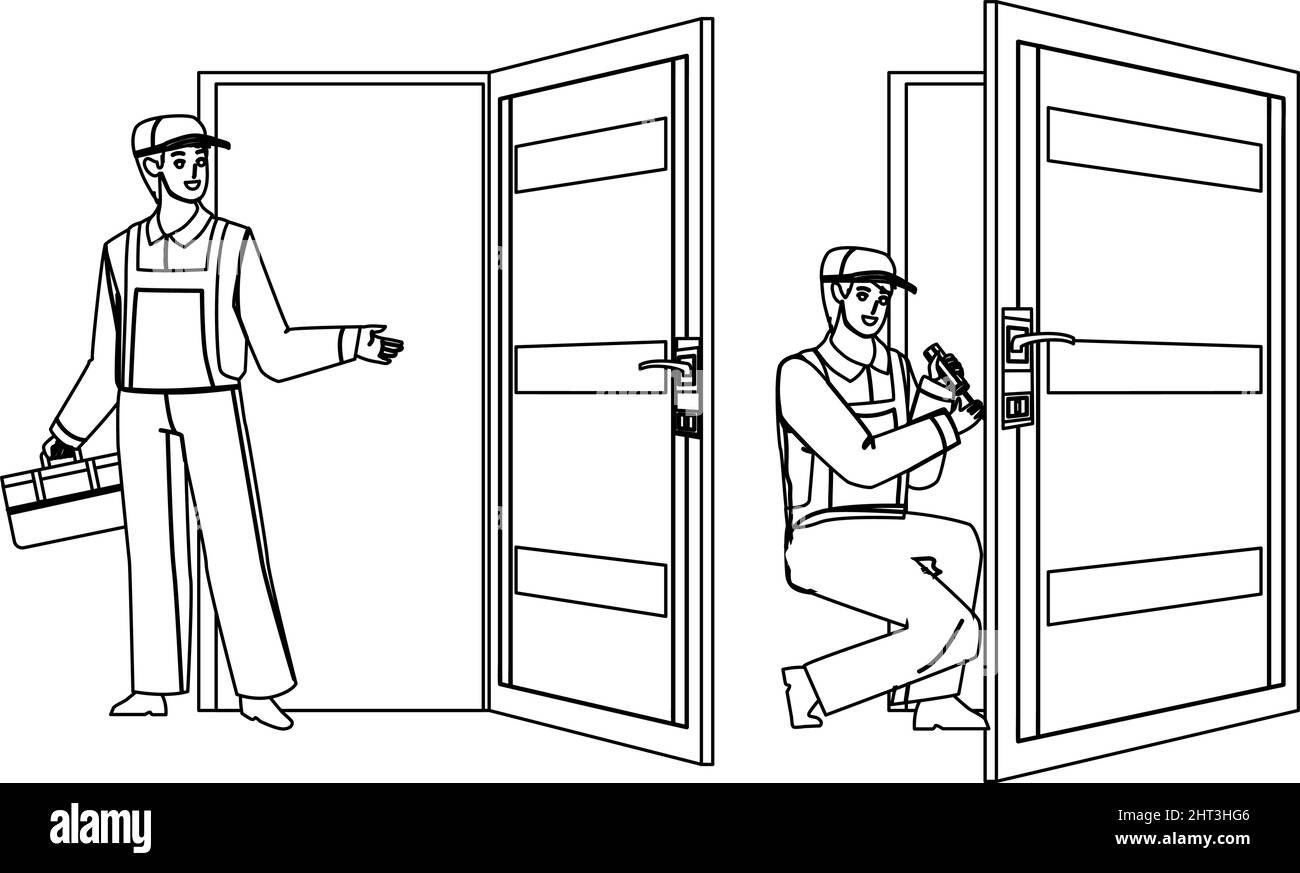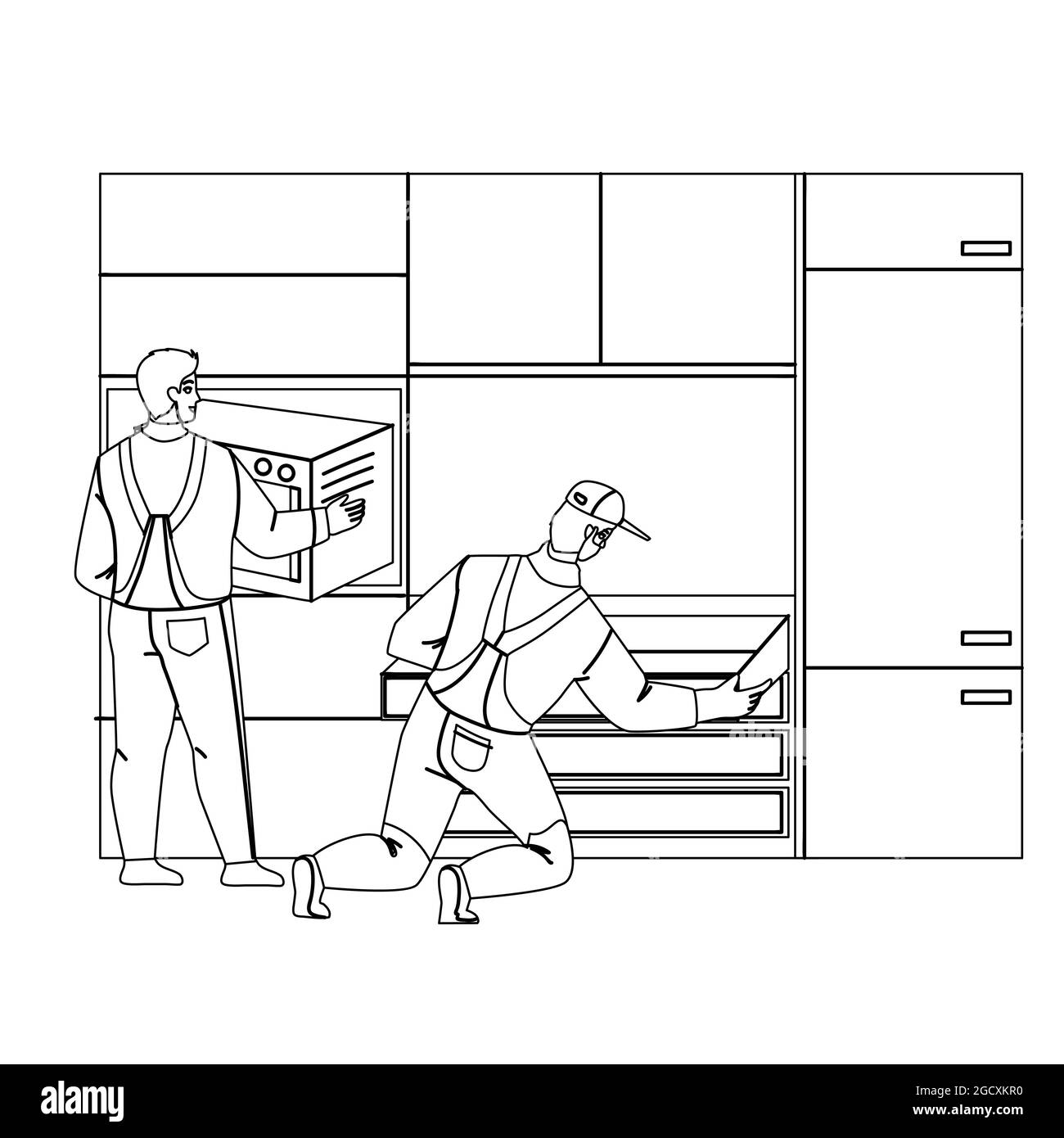
How to Install New Car Door Seals: A Step-by-Step Guide to Quieter, More Comfortable Rides
Car door seals, often overlooked, are crucial for maintaining a comfortable and secure vehicle cabin. These rubber or foam strips form a tight barrier between the door and the car’s body, preventing water leaks, reducing wind noise, and insulating against extreme temperatures. Over time, door seals can degrade due to sun exposure, temperature fluctuations, and general wear and tear, leading to drafts, moisture problems, and an overall diminished driving experience.
Replacing worn-out car door seals is a relatively straightforward DIY project that can significantly improve your vehicle’s comfort, value, and longevity. This comprehensive guide will walk you through each step of the process, ensuring a successful installation and a noticeably better ride.
Why Replace Your Car Door Seals?
Before diving into the installation process, it’s important to understand the benefits of replacing your car door seals:
- Reduced Wind Noise: Worn or damaged seals allow air to leak into the cabin, creating annoying wind noise, especially at higher speeds. New seals restore a quieter, more peaceful driving environment.
- Prevention of Water Leaks: Degraded seals can no longer effectively block rainwater from entering the vehicle. Leaks can lead to mold growth, rust, and damage to your car’s interior.
- Improved Insulation: Door seals help maintain a consistent temperature inside the car. Replacing them can improve heating and cooling efficiency, saving you money on fuel or electricity.
- Enhanced Door Closure: New seals provide a tighter, more secure fit for your car doors. This can make them easier to close and prevent them from rattling or vibrating while driving.
- Preservation of Vehicle Value: Addressing issues like worn door seals demonstrates that you care for your vehicle, which can positively impact its resale value.
Tools and Materials You’ll Need
Gathering the necessary tools and materials before you begin will streamline the installation process and prevent unnecessary interruptions. Here’s what you’ll need:
- New Car Door Seals: Purchase seals specifically designed for your car’s make, model, and year. You can find these at auto parts stores, online retailers, or directly from the car manufacturer.
- Cleaning Supplies:
- Mild soap or car wash detergent
- Clean water
- Soft cloths or sponges
- Isopropyl alcohol (optional, for stubborn residue)
- Removal Tools:
- Plastic trim removal tool or a flathead screwdriver wrapped in tape (to prevent scratching the paint)
- Pliers (if necessary, for removing stubborn clips)
- Installation Tools:
- Adhesive promoter (if recommended by the seal manufacturer)
- Silicone sealant (for added protection, optional)
- Roller or blunt tool (for pressing the seals into place)
- Measuring tape or ruler
- Scissors or utility knife
- Safety Gear:
- Gloves (to protect your hands)
- Safety glasses (to prevent debris from entering your eyes)
Step-by-Step Installation Guide
Follow these steps to successfully install your new car door seals:
1. Preparation and Removal of Old Seals
- Park Your Car in a Well-Lit Area: Good lighting is essential for seeing what you’re doing and ensuring a thorough job.
- Clean the Door Frame: Use mild soap and water to thoroughly clean the area where the old seals are attached. Remove any dirt, grime, or debris. Rinse well and allow the area to dry completely.
- Carefully Remove the Old Seals: Use a plastic trim removal tool or a flathead screwdriver wrapped in tape to gently pry the old seals away from the door frame. Start at one end and work your way around, being careful not to damage the paint or metal.
- Note the Attachment Method: Pay attention to how the old seals are attached. Some are glued on, while others are held in place with clips or fasteners.
- Remove Any Remaining Adhesive: If there is any adhesive residue left behind, use isopropyl alcohol and a clean cloth to gently scrub it away.
- Clean the Surface Again: Once the old seals are removed, clean the area again to ensure a smooth, clean surface for the new seals to adhere to.
2. Preparing the New Seals
- Compare the New Seals to the Old: Before installing the new seals, compare them to the old ones to ensure they are the correct size and shape.
- Cut the Seals to the Proper Length (If Necessary): Some seals come in a universal length and need to be cut to fit your specific car door. Use a measuring tape and scissors or a utility knife to carefully cut the seals to the correct length. It’s better to cut them slightly longer than necessary and trim them as needed.
- Test Fit the Seals: Before applying any adhesive, test fit the new seals to ensure they fit properly and align correctly with the door frame.
3. Installing the New Seals
- Apply Adhesive Promoter (If Recommended): If the seal manufacturer recommends using an adhesive promoter, apply it to the door frame according to the instructions. This will help the new seals adhere more securely.
- Apply Silicone Sealant (Optional): For added protection against water leaks, you can apply a thin bead of silicone sealant to the back of the new seals before installing them.
- Carefully Attach the New Seals: Starting at one end, carefully press the new seals into place, ensuring they are properly aligned with the door frame. Use a roller or a blunt tool to press the seals firmly against the surface.
- Work Your Way Around the Door Frame: Continue working your way around the door frame, pressing the seals firmly into place as you go.
- Pay Attention to Corners and Curves: Take extra care when installing the seals around corners and curves. Make sure the seals are properly aligned and that there are no gaps or wrinkles.
- Trim Any Excess Seal Material: Once the seals are installed, trim any excess material with scissors or a utility knife.
4. Final Touches and Testing
- Inspect the Installation: Carefully inspect the newly installed seals to ensure they are properly aligned and securely attached. Look for any gaps or wrinkles.
- Close the Door and Check the Seal: Close the door and check the seal. Make sure the door closes properly and that there are no gaps between the door and the frame.
- Test for Leaks: Use a garden hose to spray water around the door frame and check for any leaks. If you find any leaks, apply more silicone sealant to the affected area.
- Allow the Adhesive to Cure: Allow the adhesive to cure for the recommended amount of time before driving your car. This will ensure the seals are securely attached.
Tips for a Successful Installation
- Choose the Right Seals: Make sure you purchase seals specifically designed for your car’s make, model, and year.
- Take Your Time: Don’t rush the installation process. Take your time and pay attention to detail.
- Work in a Clean Environment: A clean environment will help ensure that the seals adhere properly.
- Use the Right Tools: Using the right tools will make the installation process easier and prevent damage to your car.
- Follow the Instructions: Carefully follow the instructions provided by the seal manufacturer.
- Seek Professional Help If Needed: If you’re not comfortable installing the seals yourself, seek professional help from a qualified mechanic.
Conclusion
Replacing your car door seals is a worthwhile investment that can significantly improve your driving experience. By following these steps, you can successfully install new seals and enjoy a quieter, more comfortable, and more secure ride.
